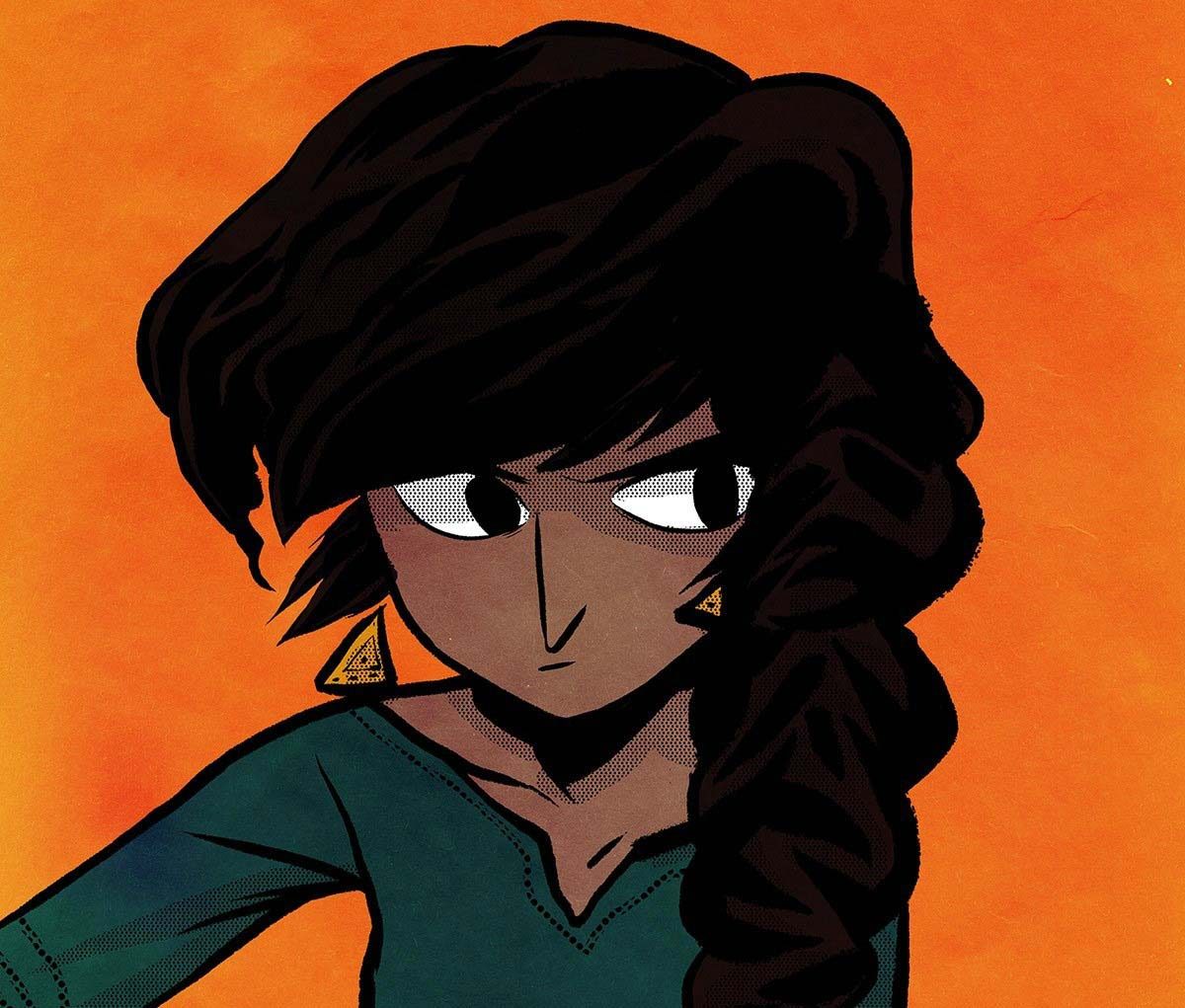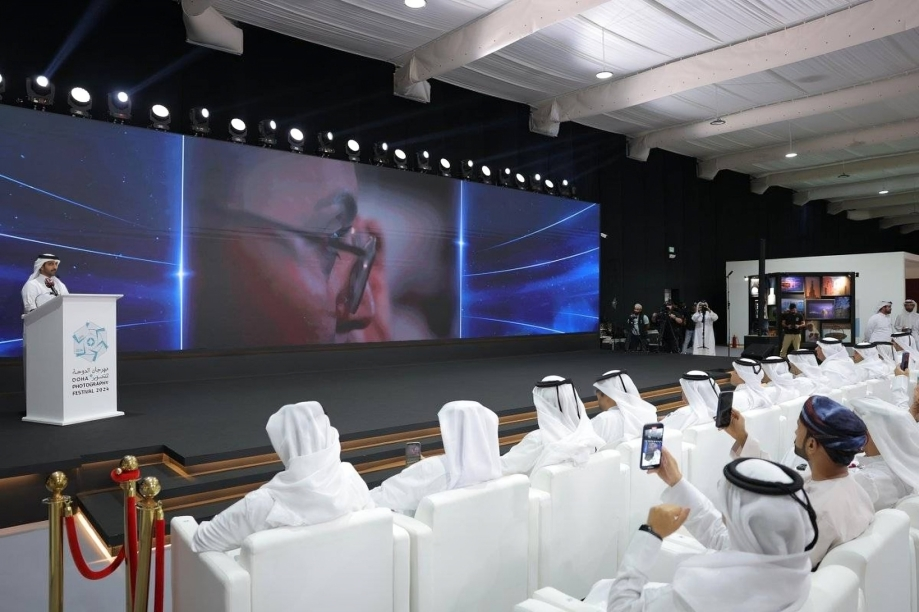
In an effort to tell the story of women living in the Gulf, two Qatar expats are working on a graphic novel series that stars a female Khaleeji teenager-turned superhero.
In it, the 15-year-old protagonist Asra becomes orphaned in the 1970s and goes to live with her grandmother in a small village.
There, she meets Um Al Lail, a fortuneteller who steals Asra’s soul and turns her into a stone statue, right in the middle of the football field where she loved to play.

The story begins 40 years after Asra has been turned to stone, when a young girl releases her from the curse.
But Asra wakes up to a world without women, thanks to the wicked fortuneteller. Subsequently, there is no procreation and no progress, and men are struggling to survive.
The new upcoming graphic novel, “Asra & the Orphan Moon,” follows the young Arab superhero’s journey as she tries to save the women of the Gulf from Um Al Lail.
Birth of ‘Asra’
Asra is the brainchild of Anne Sobel, a lecturer in residence at Northwestern University in Qatar (NUQ) who has launched a crowd funding campaign to bring the superhero to life.
In an interview with Doha News, Sobel said she came up with the idea of a strong female Arab athlete six years ago, when she first arrived in Qatar and watched a women’s basketball game.

“It took three years of living in Doha before I became comfortable creating these characters. It just felt like I knew the land, and culture and the people a little bit more,” she said.
After that, two more years were spent researching women’s history in the Gulf, which was difficult due to the lack of text on the topic.
Sobel said she felt like a detective while doing her research as she tried to dig up information from the people around her, or go through books to find only a paragraph or two on women.
From film to graphic novel
Sobel, who teaches cinematography at NU-Q, originally envisioned Asra’s story as a film. But she said she realized that it would be very difficult to get such a movie produced.
She then turned to the graphic novel concept, which she sees basically as storyboards for movies, rather than tell her tale via a regular novel.

Especially for the target audience, which is young Arabs, visuals are always better than text. “The settings of the Gulf lent itself to great imagery,” Sobel added.
Producing graphic novels can be expensive, but Sobel said she can now not imagine Asra in any other form, especially after seeing the images that the illustrator, Hatem Aly, drew for the novel.
Along with Aly, Sobel is also working with her husband, Adam Sobel, on creating Asra’s world.
Funding ‘Asra’
However, there is still a long way to go before Asra’s story is ready for release.
Previously, Aly was working on the story mostly pro bono, with small funding from Sobel.

To speed up the process, Sobel has launched a crowd funding project to raise at least $7,000 to pay Aly for his work.
So far, the project is almost halfway there, having raised $3,160.
According to Sobel, fundraising is more than just about collecting funds – it’s demonstrating demand:
“When you give money to a project, you’re not just giving money to the individual artists and writers. What you’re actually saying to book publishers, researchers, filmmakers, is ‘This kind of content is important to me and I want more of it and I’m going to pay money for it.’”
Muslim superheroes
Currently, most graphic novels involve white male protagonists, something that discourages filmmakers and producers to create something outside the mainstream, according to Sobel.
She added that for example, despite audiences and fans of Marvel’s Avengers series “screaming for a Black Widow film,” it still took the producers years before they actually decided to talk about making one.

Meanwhile, in 2014, Marvel announced its new Ms. Marvel comic book superhero, Kamala Khan, a Muslim Pakistani-American girl from New Jersey.
During its first-year, the comic book sold over 50,000 copies – many times what other newcomers usually sell, Sobel said.
While this shows progress, it still leaves a gap in the market, as there are not many super heroes from the Middle East, she added.
“Just because there’s one Muslim superhero woman, doesn’t mean we’re done,” she said. “What I want is diversity within diversity. Why can’t there be 10 different Muslim superheroes from around the world?”
Thoughts?







